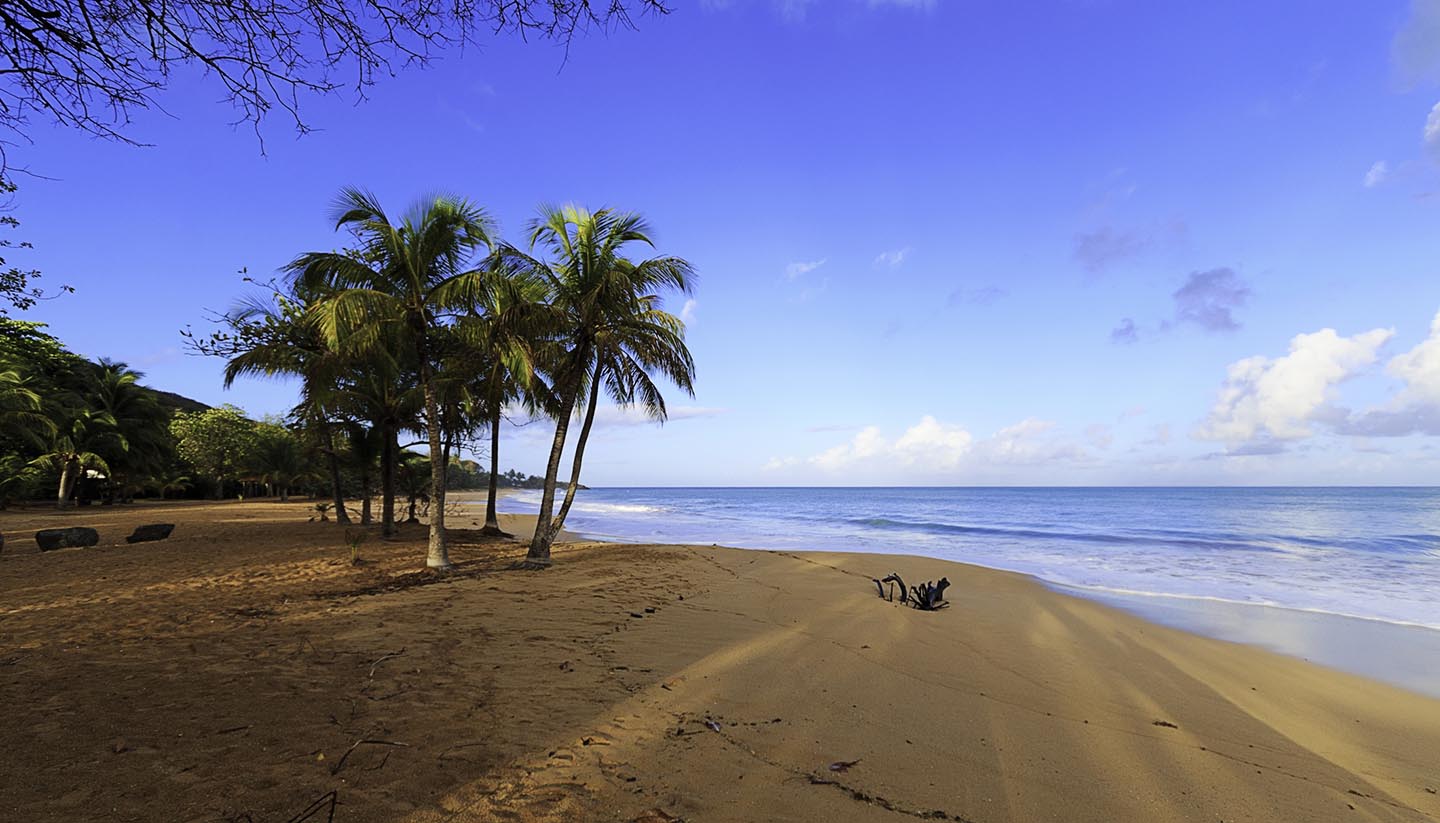Guadeloupe History, Language and Culture
History of Guadeloupe
When the Arawaks settled on present day Guadeloupe in 300AD, they dubbed their newfound territory ‘Karukera,’ meaning, rather appropriately, ‘the island of beautiful waters.’
It was these waters – know today as the Caribbean Sea – that sustained the Arawaks, who eked out simple lives, living off the daily catch.
They had a good run, but when a rival ethnic group know as the Caraïbes arrived in the 8th century, they exterminated the Arawaks in a merciless slaughter, claiming a land that had been peaceful for centuries.
In 1493, Christopher Columbus became the first European to land on Guadeloupe. His expedition left behind no settlers, but the Spanish soon started to stake their claim to the archipelago and attempted to colonise the island. But the fearsome Caraïbes stood their ground and repelled them.
Cue the French, who succeeded where the Spanish failed by colonising Guadeloupe in 1635, eliminating the Caraïbes in the process. The French quickly established Guadeloupe as one of the leading players in the booming sugar industry, but while the motherland enjoyed the sweet taste of success, African slaves toiled relentlessly in the plantations.
The outbreak of the French Revolution in 1789 brought tumult to Guadeloupe. The republicans and monarchists fought bitterly and by 1793 a slave rebellion had broken out. The British took advantage of the chaos and seized the island the following year, but it was back in French hands by the end of 1794.
Well, sort of. Guadeloupe was largely under the control of slaves, until 1802 when Napoleon Bonaparte sent forces to retake the island and reinstate slavery. His forces killed an estimated 10,000 people.
The British seized the island again in 1810 and Guadeloupe spent the next six years being occupied by the Brits, Swedes and, finally, the French. In 1848, the French Parliament voted for the Abolition Decreet; brought in by Viktor Schoelcher, it signalled the end of slavery on Guadeloupe.
In 1946, Guadeloupe became a French Overseas Department. It uses the Euro and is a member of the European Union, through France. An independence movement, most active in the eighties, still simmers beneath the surface.
Did you know?
• Though cultivated for centuries by natives, Christopher Columbus discovered the pineapple for Europe when he landed on Guadeloupe in 1493.
• Guadeloupe host an annual festival dedicated to goats, which includes a goat fashion parade.
• Christopher Columbus named the island Santa Maria de Guadalupe in honour of the eponymous monastery in the Spanish town of Guadalupe.
Guadeloupe Culture
Religion in Guadeloupe
The majority are Roman Catholic, with a minority of predominantly Evangelical Protestant groups.
Social Conventions in Guadeloupe
The atmosphere is relaxed and informal. Casual dress is accepted everywhere, but formal dress is needed for dining out and nightclubs.
Language in Guadeloupe
The official language is French. The lingua franca is Creole. English is spoken by professionals and those in the tourism industry.


